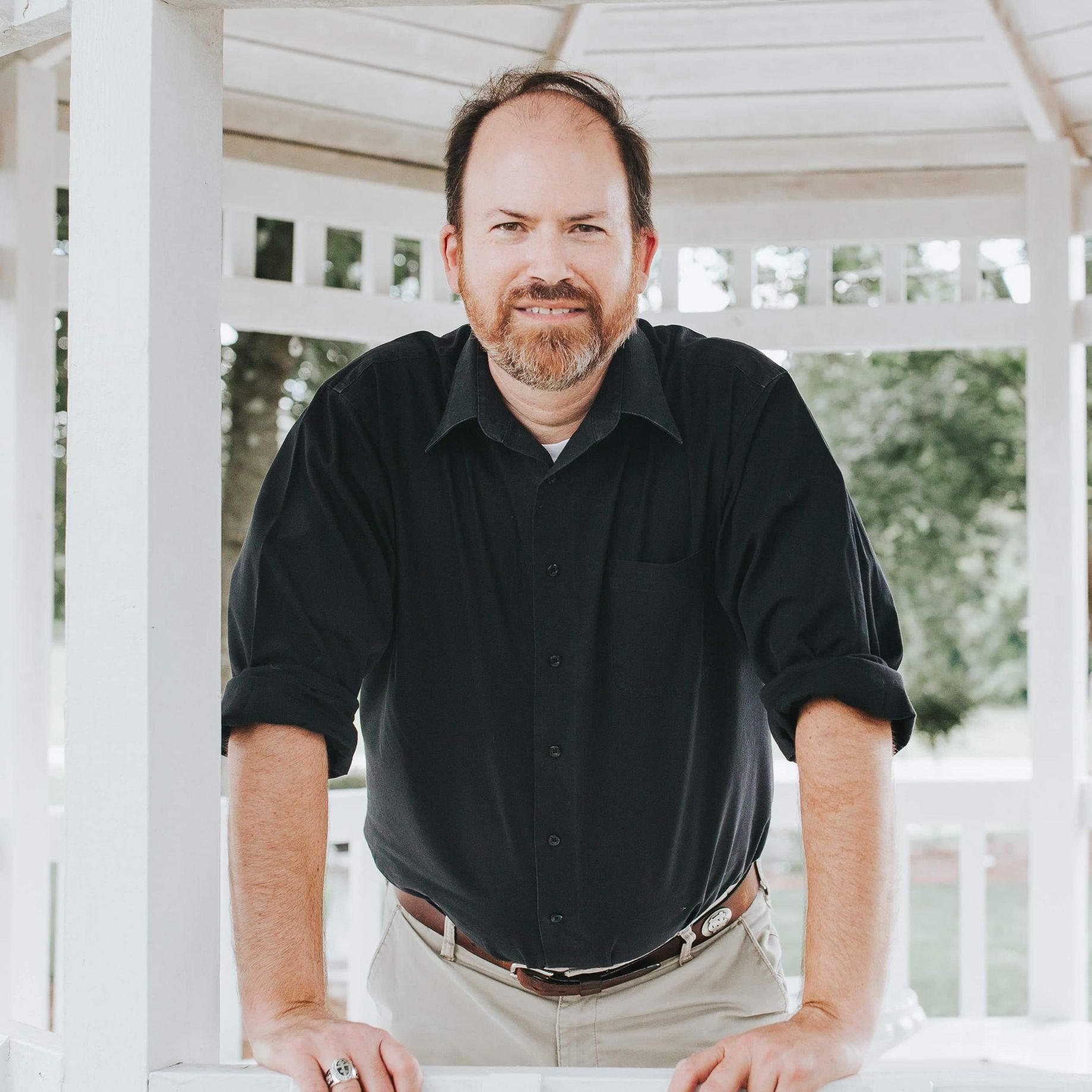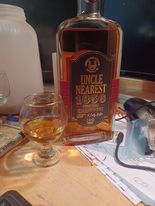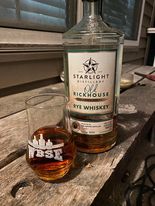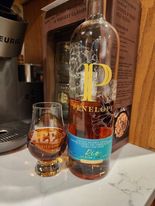What is it about the golden beverage that makes it so special to us? Here at the Whiskey Network we work to promote understanding of these expressions and to connect with the people responsible for creating them. As the saying goes, it’s a tough job, but someone has to do it, right? But whiskey and all the stories, places, culture, and people imbibing it have so much to tell, how would anyone start on this?

It’s not uncommon for me to see people at the store just staring in bewilderment at that endless wall of shelves full of whiskey, wondering what they should take home and try. That was me once. Where would someone who is relatively new to this experience begin? It’s a fair question and even more vexing is that the answer can be either simple or complex depending upon who you ask.
We might ask that people begin by going back to read the sixteenth century Renaissance humanist and neoclassical poet Vincent Obsopoeus, who believed there was an art to drinking. He thought so much of it, that in 1536 he wrote an entire treatise on the subject called, De Arte Bibendi or, The Art of Drinking. This work was largely his response to the runaway drunkenness and debauchery that was rampant in Obsopoeus’ day. It’s a start, I suppose, however this text is more about the best practices of consuming any alcohol properly than specifically about whiskey. It doesn’t really connect us to what we are after.
Many others have brought us well-crafted books on the subject such as the outstanding work, Jim Murray’s Complete Book of Whisky The Definitive Guide to the Whiskies of the World (1997). This work offers a look at every region of the globe where whiskey is produced, and the major distilleries of each region. It provides us with a solid basis for understanding the history and background of all the major distilleries and their products. Then there are those books that are region specific. A text such as From Barley to Blarney: A Whiskey Lover’s Guide to Ireland by Sean Muldoon, Jack McGarry, and Tim Herlihy (2014). This book takes the reader on a brief tour of the main distilleries and pubs across Ireland. If you wish to learn many of the old stories and anecdotes about whiskey, a great summer read might be The Whisky Book: Everything You Didn’t Know About the Water of Life (2022) by Fernand Dacquin.
If you still find yourself staring at the wall of whiskey at the store as I did, and you just want something decent but not too pricey or perhaps you’re looking for decent bourbon to gift, you would want a copy of Jim Murray’s annual Whisky Bible. This book presently touts individual ratings on over 4,700 expressions. It’s a pocket-sized book that can truly come in handy. These are just four examples of books worthy of your reading list on the subject. I could easily list a dozen more to cover every expression in every corner of the planet where whiskey is made.
What can I tell you about whiskey? I could start with telling you about all of its building blocks and begin by listing the various trace chemical compounds found in whiskey that form and affect its flavor profiles. As fascinating and educational as that may sound, me writing about lactones, aldehydes, esters, and phenolic compounds would offer little insight and even less interest in whiskey unless you happen to be a chemical engineer. The whole truth about whiskey is far more engaging than lab work. Nobody sits around a campfire with a glass of fine whiskey arguing with his friends about the merits of hexanal over stryngaldehyde. While this information might be good to know, it’s not really a conversation for us and it might put you to sleep faster than six shots of Everclear.

I would prefer to tell you the stories of whiskey. That story begins with an odd conversation about what we know and what we don’t know about it. One of the truths about whiskey, and perhaps it is a key truth, is that we honestly still do not completely understand how the many flavors discovered in whiskey expressions are implanted into a distilled product by charred wood staves over time; that is a bit of mystery. We know that it happens, but the why and how are still a bit of a question.
The grain, the water, the yeast, the wood barrel staves, even the char are all natural products and because of that there are variations and variables so minute that a distiller cannot know or guarantee a specific result every time. That unknown factor contributes to that interesting and unique element of whiskey expressions: mystique. These variables can, an do, produce slight differences beyond the control of the distiller, such as the final coloration, and I’m going to guess that is, in part, a reason why we see some blends on the market with a dash of e150 caramel color added to them.
What we do know is that when we raise a glass we are participating in history itself. We are engaging with another culture and place, and that, too is quite mysterious. These expressions are years, often decades in the making. We are not only dealing with time, but also the elements and flora and of geography. These carefully crafted masterpieces carry with them physical parts of these regions to us; the grain, the water, the yeast, etc. When you choose an Irish Whiskey, for example, you are drinking the same water the Irish drink, and consuming their grain, and so on.
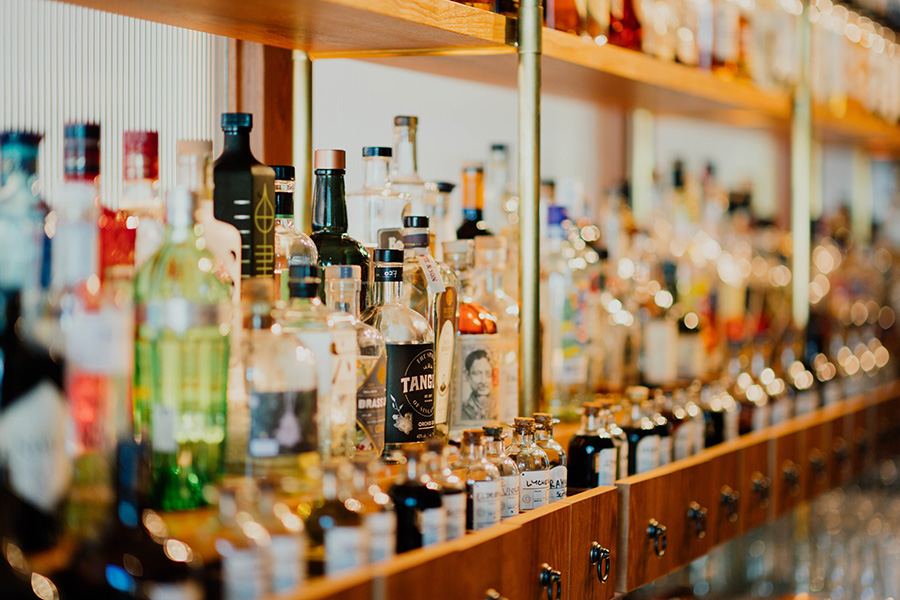
In fact, when I am standing in front of that wall of whiskey these days, I’m more often than not looking for something from Ireland. I warmed up to the stuff several years ago when I sampled a bit of Slane at a retail store. It was the first Irish whiskey I had ever tried. This expression was so unlike the high proof bourbons and the heavy peat of Scotch I had always avoided at parties. My impression was that here was Irish whiskey; a blend that was so smooth and even. It was unexpected. This Slane invites you for another sip and shows you all its delicate notes without setting your throat aflame. This was my thing, this was home. So many Irish expressions are welcoming like that to me. They feel like you’re meeting an old friend after a long absence. It’s a comfort drink that rewards your time with its subtle and almost hidden notes of flavors you might well miss if you rushed it. I have gravitated to it ever since.
Aside from all of its comforts, whiskey seems to serve to connect us and allows us to participate in the long traditions and appreciate their deliberate and expert craftsmanship. These traditions harken far back into time, to the origins of whiskey itself which either began in Scotland or Ireland depending upon which version of history you ultimately accept. We can only be certain that somewhere in the fog of the Fifteenth Century, whiskey became a thing.
American bourbons also have their stories to tell, even if those stories were not six hundred years in the making. Something that an observant consumer might initially notice is that Americans don’t use a lot of cool names for our whiskeys like Glenfiddich and Braes of Glenlivet. Pennsylvanian whiskey distillers once tried to name their product “Monongahela,” but that rather cumbersome name just didn’t stick.
Nobody wants to walk up to a bar and ask for a glass of “Mono.” We do tend to name a lot of domestic brands after American distillery founders, and I think that practice is actually helpful. By this, attention is drawn to these people and their stories which can help us understand what is in our glass and why it’s important. It’s not a new practice as plenty of Scotch and Irish Whiskeys have done that over the years, but it’s certainly a helpful marketing tool in America, and most of us don’t think twice about ordering a glass of Elijah Craig.

Naming conventions aside, bourbon’s history is a checkered past complete with the stories of struggles with droughts, the periods of civil unrest with the advent of taxation, and the other Great Depression, that of Prohibition.
Whiskey represents an anomaly in today’s world. Its very existence and purpose runs contrary to the fast paced world in which we live. It is perhaps the last bastion of fine old world craftsmanship and expression. It has changed little over the centuries, but even then only slightly and for the better. Modern craft whiskeys have so much to offer us because these expressions are both an experience and a path. It is a product that when properly consumed, invites, even begs for us to slow down, take the time to connect with others and enjoy the subtle complexities delivered to us by the work of everyone from the farmers, the coopers, distillery operators and of course the Master Distiller. If we are willing to
invest that time in ourselves and with others, there are rewards for finding the perfect fit for you. If not, it matters very little what bottle you choose from that long wall of whiskey at the store.

